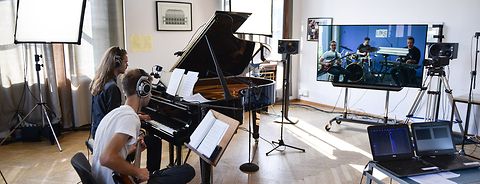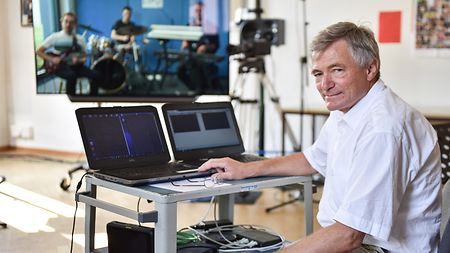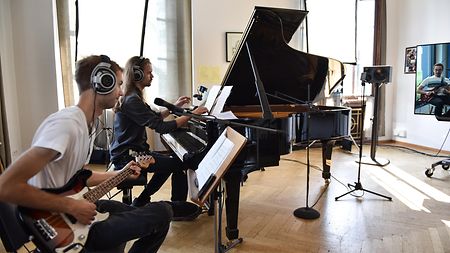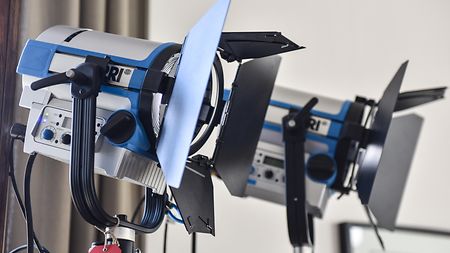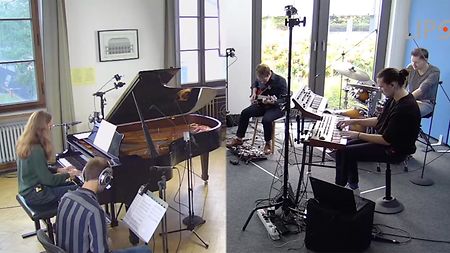LIPS stands for Live Interactive PMSE (Program Making and Special Events) Services. It is a research project funded by the German Federal Ministry for Economic Affairs and Energy (BMWi), in which several industrial and institutional partners work together on a professional production network. It is about the synchronization of audio, video, and light with extremely low latency to create the most immersive user experience possible. The LIPS project aims to interactively and immersively link live events performed at different locations by using new platforms and technical possibilities. The overall goal is to identify—based on newly developed IP-based audio/video production equipment—solutions to improve the access and participation of rural areas on creative, cultural, and political operation of metropolitan areas and vice versa. LIPS also makes significant contributions to inclusion, since it provides solutions which allow people with disabilities who are unable to travel to participate holistically and immersively in events.
LIPS consortium
To improve the immersive audio/visual experience for the connected users and to develop the technological background for connecting and merging various devices and locations into one production network, several parties had to bring in their individual know-how. Therefore the LIPS consortium was founded in 2018. It consists of the companies Sennheiser, TVN, Smart Mobile Labs, and ARRI, as well as the institutions Leibnitz University Hannover, Fraunhofer Heinrich Hertz Institute, and Friedrich Alexander University Erlangen-Nuremberg. Each partner has a different focus for the project. “ARRI was responsible for cameras and lighting with equipment and services,” explains Hermann Popp, Systems Architect at ARRI and technical project manager for LIPS. Within ARRI, numerous colleagues were involved with fundamental contributions.
